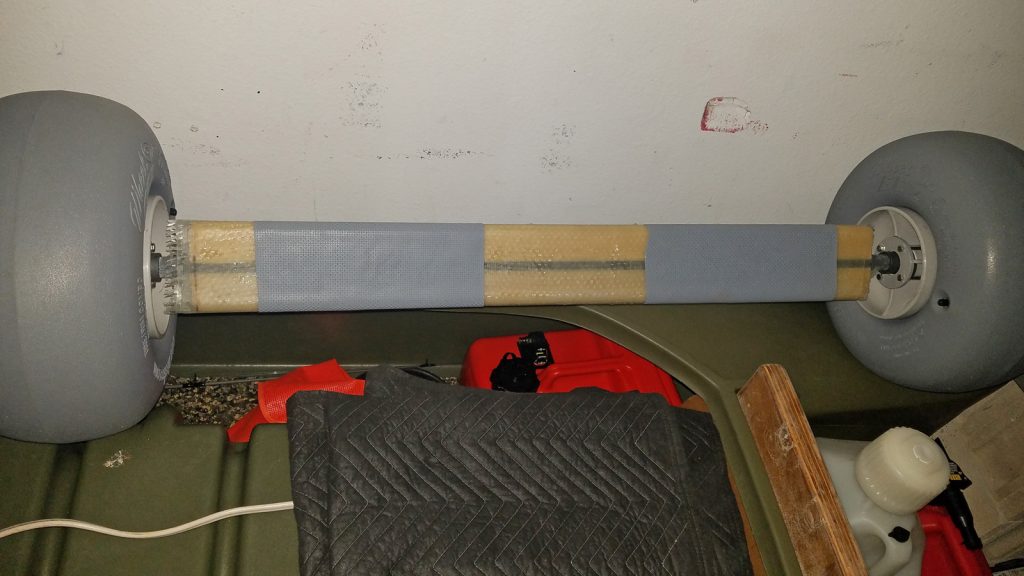By Jesse Stephenson
The worst part about my diving adventures here in Florida is having to wait before I can go on my next dive!
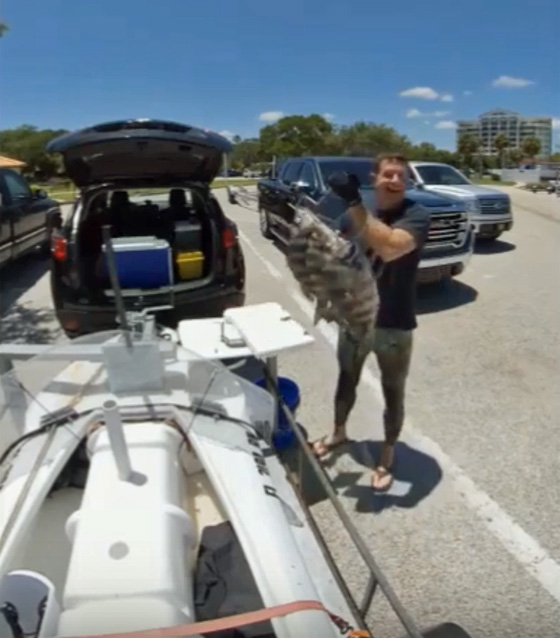
The worst part about my diving adventures here in Florida is having to wait before I can go on my next dive!

Went out this morning despite the full moon at 330am to catch bait before light. They weren’t easy to find but after my second one I bridled one up on some floro and sent him out to see if anyone was hungry, about 15 minutes later he got very nervous and then the reel started screaming. The small yellowfin have me a good 15 minute fight on 30lb tackle and then I decided that was good enough for the day! He’s on ice and I’m on my way home to make some dinner!
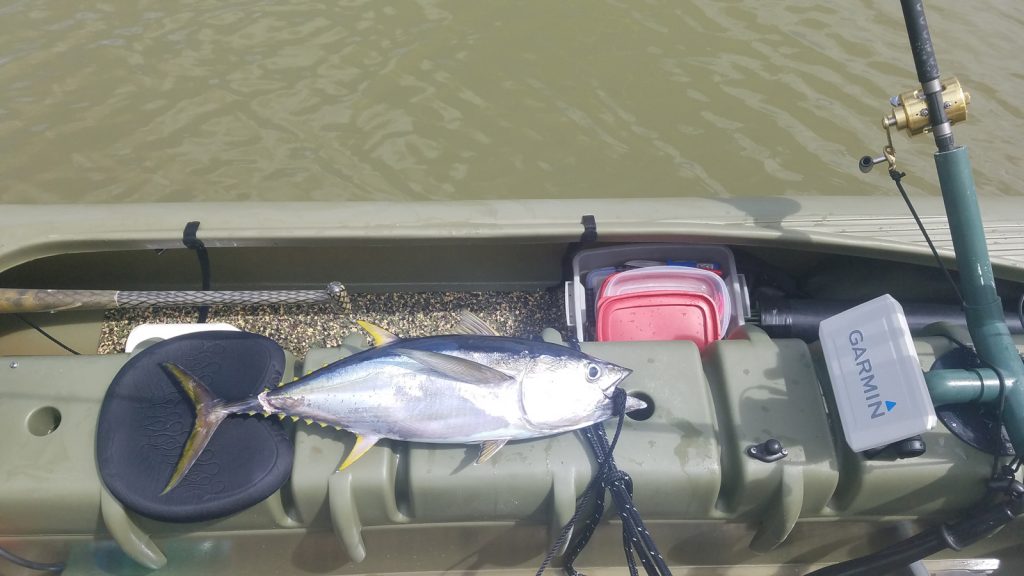
We’ve been using our S4 quite a bit since we moved to the Melbourne area, and this picture is from one of our recent fishing trips.
And here is a link to a short video on my Facebook page https://m.facebook.com/story.php?story_fbid=10218911032671007&id=1358503161
In pursuit of trout and kokanee (land locked sockeye salmon) I fish by trolling. Trolling is basically putting your lure out a certain distance behind the boat and at the right depth and then moving at the right speed to maximize the effectiveness of your chosen lure. In my case I use a flaher and then an NTO Scent Spinner. This combination needs to be moved at about 1 -1.5mph. That is a constant speed. So you must paddle to fish. The Wavewalk 700 is uniquely designed for accommodate this. First you could motorize it and then it is easy. But I like things a bit more traditional. So I paddle the entire time I fish. Since I am moving about 1 mile per hour you can pretty much figure out how far I travel by how long I am on the water. In my last trip I launched at about 10:30 and then I finished at about 6pm. So I paddled about 7.5 miles. I stop for the occasional rebaiting or catching a fish but those are fairly short stops.
What makes the W700 well suited for this is the long paddle strokes that are possible vs. the multitude of short strokes in shorter kayaks and the distance the kayak glides with one stroke. It allows you to paddle slowly but go the right speed. This makes long days trolling possible. I have to build myself up but by the end of the fishing season I can go all day long.
If you want to stay traditional but want a kayak you can troll in, the W700 does great!
The weather has been uncooperative for fishing lately so I’ve been working on some projects. Pretty happy with them and its nice that they don’t take long.
I’m off to the mainland for a month but excited to fish when I get back in late April.
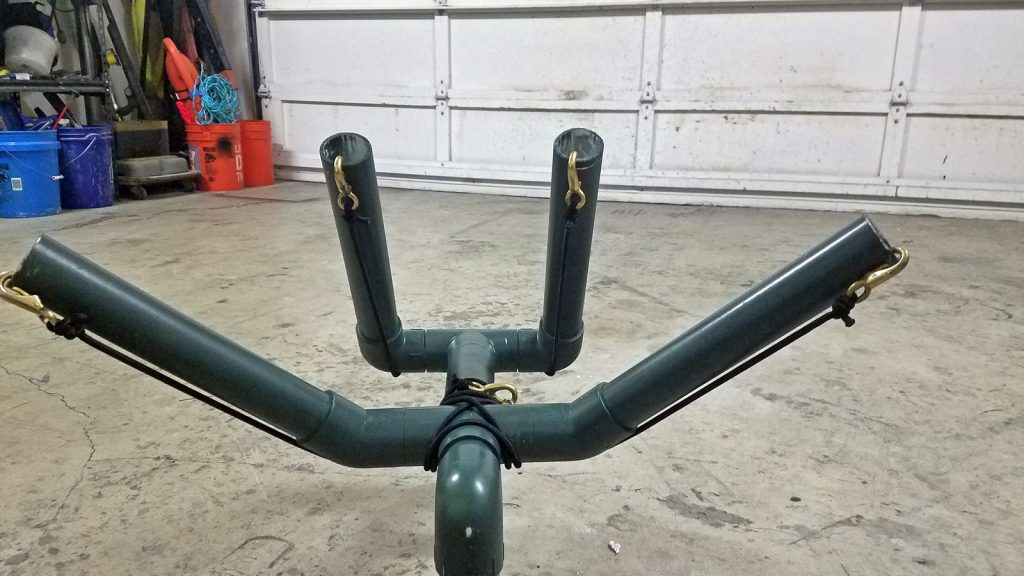
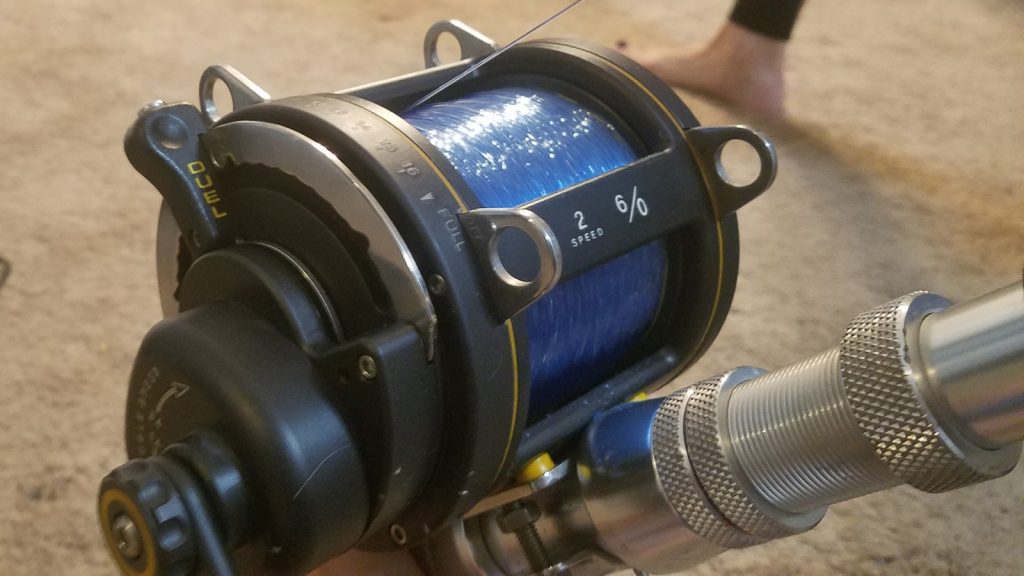
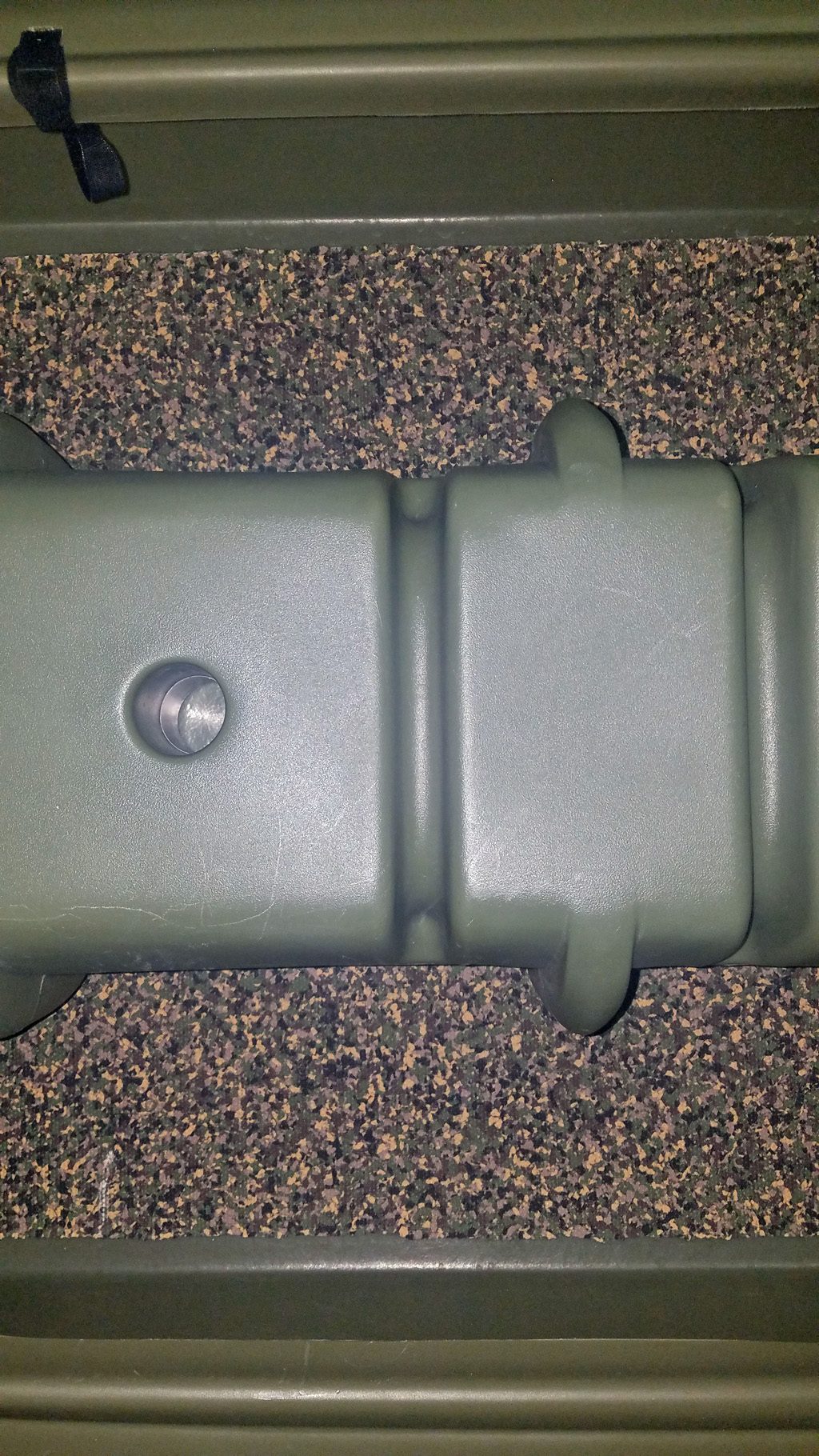
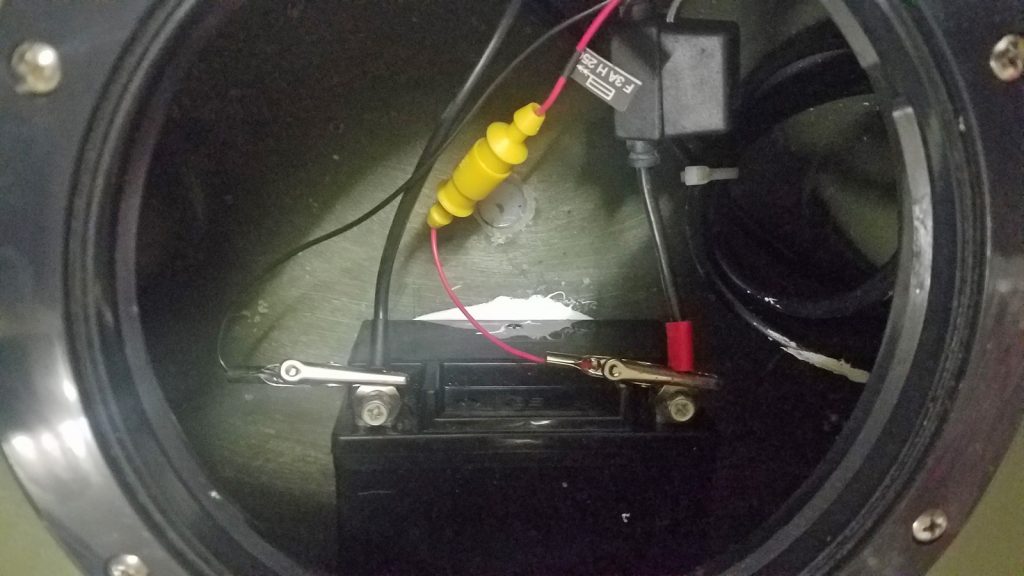
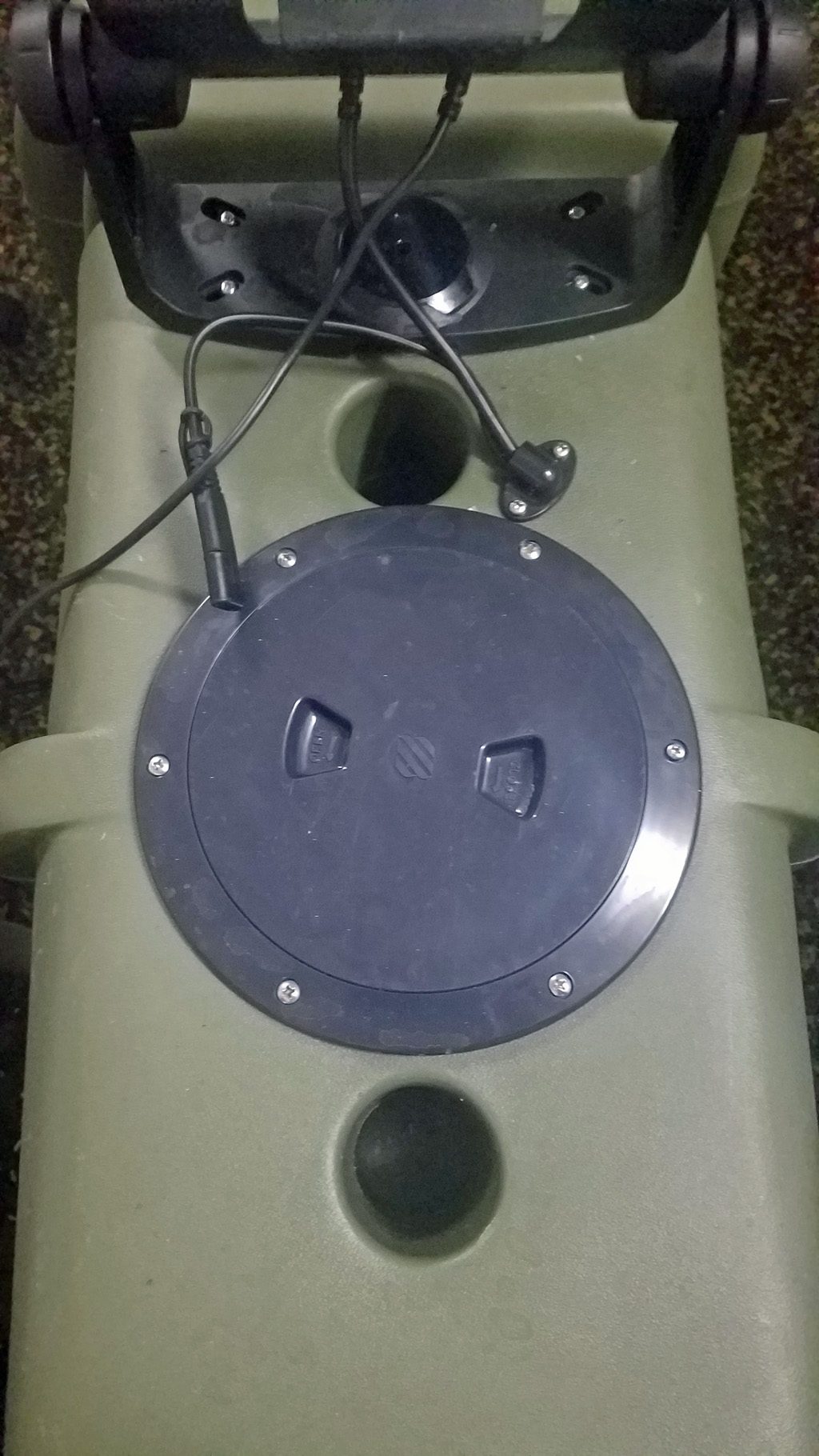
I’m not a fan of cutting holes in a boat. I use 3M 5200 Marine Adhesive Sealant and roughen and clean the surfaces. It gives a good watertight bond for about a year, then I just redo it. I try to be mindful of stress points “hard edges” so to speak.
I’m going to glass over the mdf on the transom and braces at some point for extra protection, and I’ve placed a fish bag on order that should fit perfectly.
